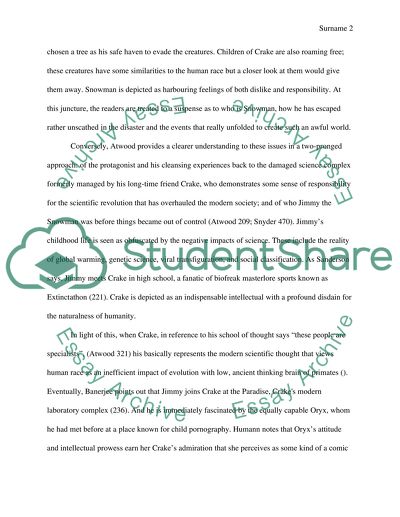Cite this document
(“Risks of Modernity in Oryx and Crake by Margret Atwood Research Paper”, n.d.)
Risks of Modernity in Oryx and Crake by Margret Atwood Research Paper. Retrieved from https://studentshare.org/literature/1497764-risks-of-modernity-in-oryx-and-crake-by-margret-atwood
Risks of Modernity in Oryx and Crake by Margret Atwood Research Paper. Retrieved from https://studentshare.org/literature/1497764-risks-of-modernity-in-oryx-and-crake-by-margret-atwood
(Risks of Modernity in Oryx and Crake by Margret Atwood Research Paper)
Risks of Modernity in Oryx and Crake by Margret Atwood Research Paper. https://studentshare.org/literature/1497764-risks-of-modernity-in-oryx-and-crake-by-margret-atwood.
Risks of Modernity in Oryx and Crake by Margret Atwood Research Paper. https://studentshare.org/literature/1497764-risks-of-modernity-in-oryx-and-crake-by-margret-atwood.
“Risks of Modernity in Oryx and Crake by Margret Atwood Research Paper”, n.d. https://studentshare.org/literature/1497764-risks-of-modernity-in-oryx-and-crake-by-margret-atwood.


